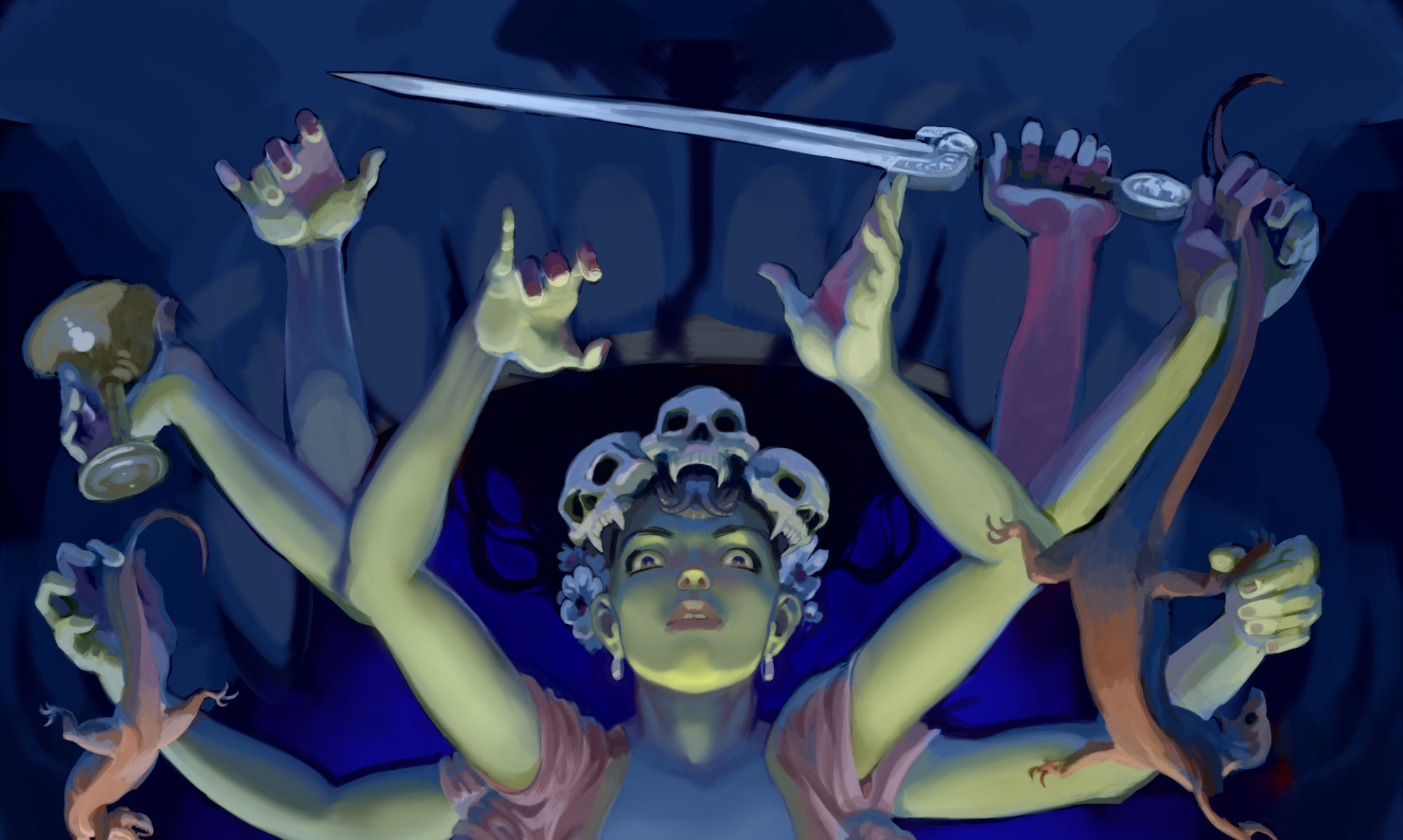When I draw, I watch my hand & the pencil making their movements in realtime, correcting and adjusting constantly. For me, it’s the typical creative process, to watch something becoming, and to push that becoming towards something recognizeable. I control the pace, though I don’t really know where I’m going till I get there– sometimes not for quite a while after that.
I’m learning to play the guitar, and there’s something markedly different here; with a pencil, I can be deliberate and slow, and a drawing may still be coherent. But if I slow down so my unaccustomed fingers can shape the chords correctly, the music I play becomes incoherent. It comes down to control of time. When drawing, I can control time– slowing it down til it nearly stops, to capture the nuance I’m looking for– but when playing music, the time controls me. I’m unable to slow down, unless I break the continuity of what I’m creating. I’m a slave to my own time-traveling limitations.
It’s very frustrating– like having your car stolen– it used to be you could go to all these places easily, with little effort. Now they all seem so far away.

